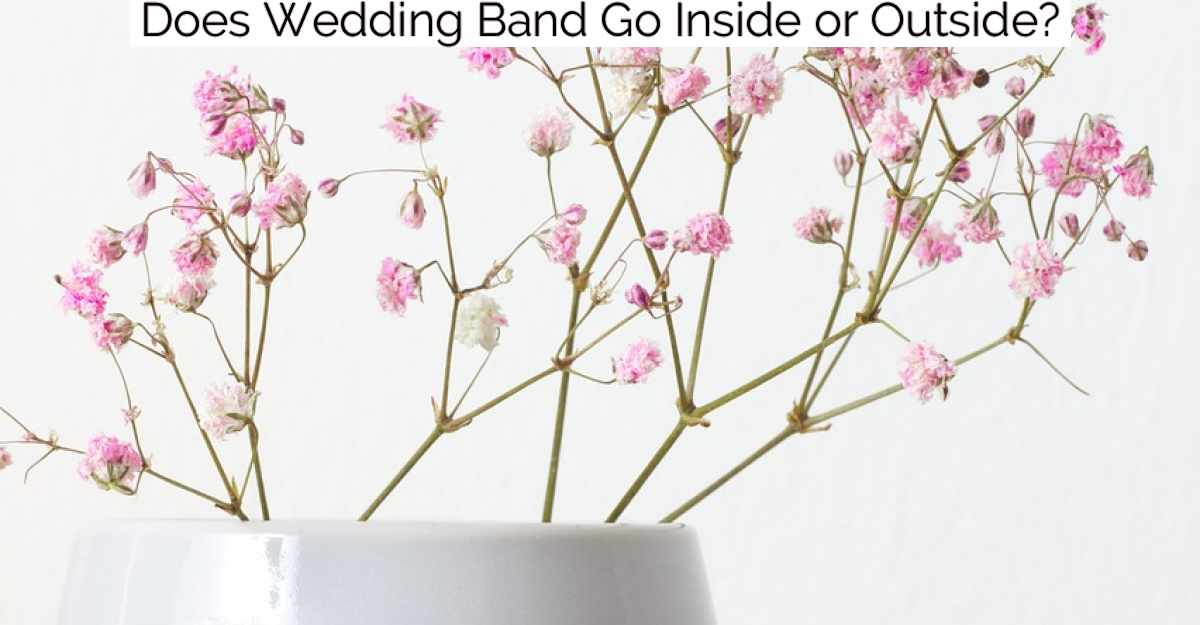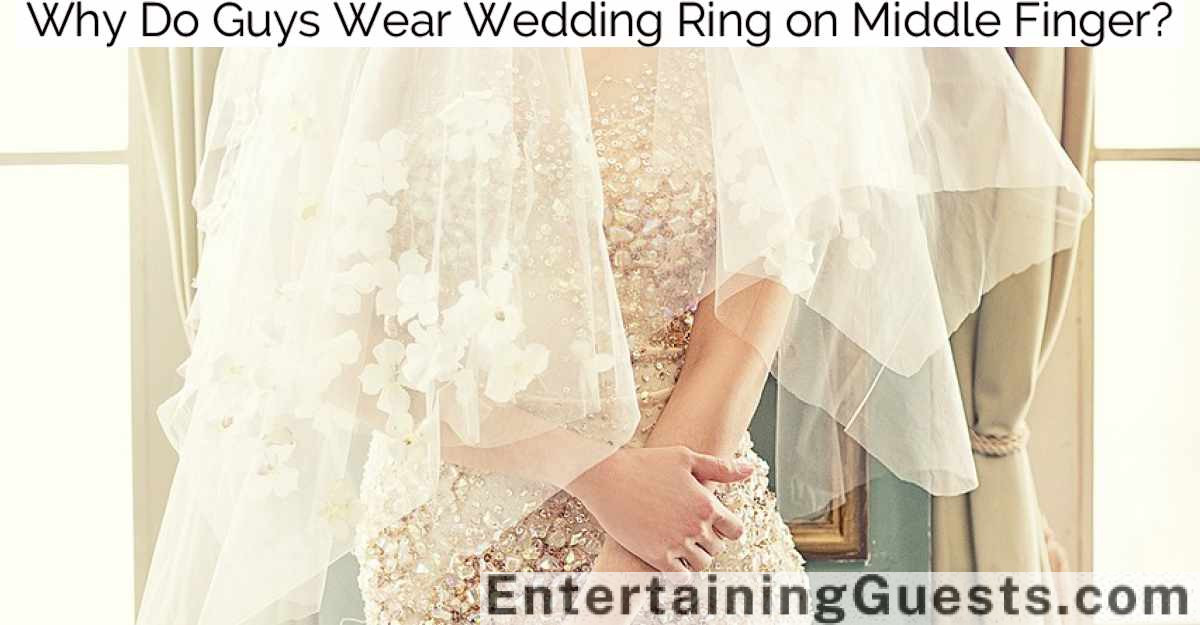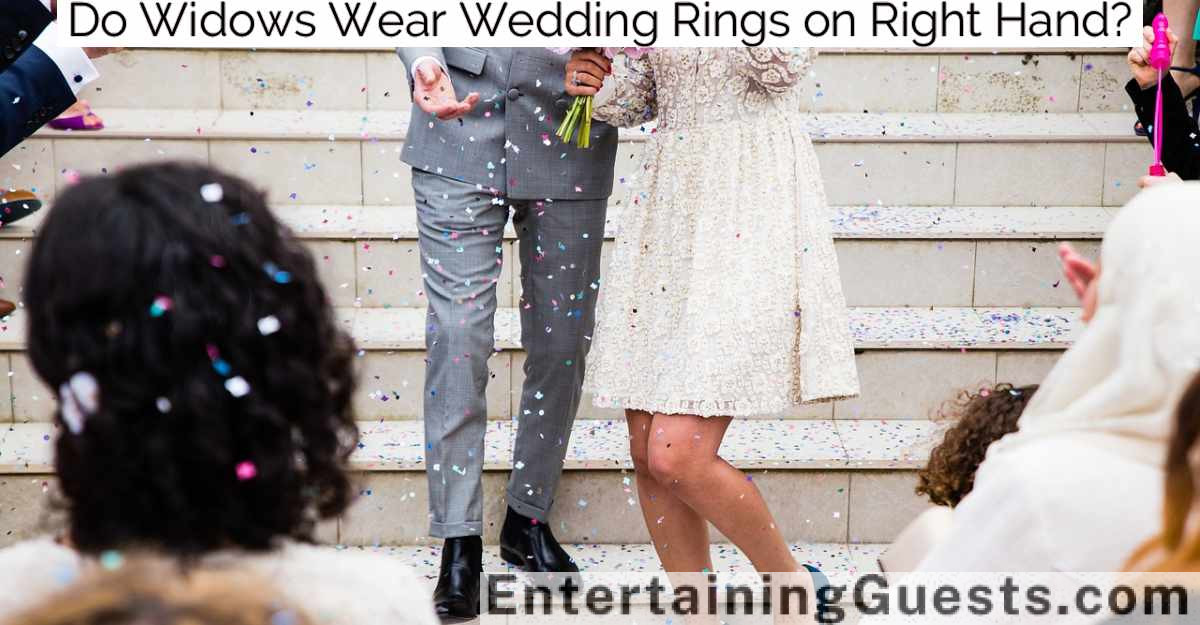Yes, the wedding band is traditionally worn inside the engagement ring on the fourth finger of the left hand, representing a connection to the heart. This arrangement highlights the significance of the wedding band in the marital relationship while providing protection for the ring. Cultural practices and practical considerations can lead to variations, with some individuals opting to wear the ring on the right hand or choosing different configurations to accommodate personal or professional needs. These differing practices reflect both the symbolic and practical aspects of how wedding bands are worn.
Traditional Ring Placement Explained
In many cultures, the wedding band is traditionally worn on the fourth finger of the left hand, a practice that dates back to ancient Rome. Historians suggest this custom stemmed from the belief in "vena amoris," or the vein of love, which was thought to run directly from this finger to the heart. Although modern science debunks this as myth, the romantic notion continues to influence contemporary wedding traditions.
This placement has practical considerations as well. For the majority who are right-handed, wearing the ring on the less dominant hand reduces the risk of damage during daily activities, preserving its condition and longevity. Jewelry experts often recommend that the wedding band sits inside the engagement ring. This order is not just for aesthetic harmony; it’s also symbolic, positioning the wedding band closer to the heart, emphasizing its importance and sanctity in the marital relationship.
When selecting a wedding band, it’s crucial to consider how it will complement the engagement ring. Professional jewelers can provide guidance on the fit and style, ensuring both rings are not only beautiful individually but also look cohesive when worn together.
Cultural Variations in Ring Wearing
While the traditional placement of the wedding band on the fourth finger of the left hand is widely recognized, various cultures around the world adopt different practices that reflect their unique values and beliefs. For instance, in many Eastern European countries, wedding bands are traditionally worn on the right hand. This custom stems from Orthodox Christian beliefs, which associate the right hand with righteousness and virtue.
In contrast, in some South American cultures, particularly in Brazil, it’s common for individuals to wear their engagement ring on the right hand and move it to the left hand once married. This switch symbolizes the transition from engagement to marriage, marking a new chapter in the couple’s life.
Furthermore, in Indian culture, the wedding ring is often worn on the right hand because the left hand is sometimes considered inauspicious. This practice is deeply rooted in cultural traditions and religious beliefs that influence daily behaviors and ceremonial customs.
These variations not only highlight the diversity of wedding traditions but also how deeply embedded these customs are in the cultural fabric of each society. Adapting to these practices can be a meaningful nod to personal heritage and cultural identity in a globalized world.
Pros and Cons of Each Position
Exploring the pros and cons of each ring-wearing position offers valuable insights, especially for couples considering how to honor their cultural backgrounds while embracing modern trends. Placing the wedding band inside, closer to the base of the finger, is traditionally seen as a symbol of the band being closer to the heart, signifying deep emotional connection and commitment. This position is widely accepted in many Western cultures and is appreciated for its sentimental value. However, this configuration may lead to more wear and tear on the wedding band due to constant contact with the engagement ring.
On the other hand, wearing the wedding band outside can protect it from friction and potential damage, ensuring the longevity of both rings. This arrangement is less traditional but is gaining popularity for its practical benefits. It allows easier cleaning and maintenance of both rings. Yet, it might be viewed as less romantic or symbolic, which could be a significant drawback for those who value tradition and symbolism in their marital symbols.
Both positions have their merits and drawbacks, making it essential for couples to weigh their priorities and choose what best reflects their values and lifestyle.
Personal Stories and Preferences
Many couples eagerly share their unique stories and preferences regarding the placement of their wedding bands, reflecting a blend of personal significance and cultural heritage. For instance, Emily and Mark, a couple from a coastal town in Maine, chose to wear their wedding bands on the outside to honor Mark’s Irish ancestry, where it’s traditional to showcase the band prominently as a sign of strong commitment. They carefully selected a design that complements this tradition, featuring Celtic knots that symbolize eternity.
On the other hand, Sophia and Raj, blending their diverse backgrounds, opted to wear their bands inside, closer to the palm. This choice was influenced by Raj’s South Asian heritage, which holds the belief that a vein from the left hand directly connects to the heart, enhancing emotional bonds. Their bands are engraved with symbols from both cultures, intertwining their stories in a seamless union.
These choices aren’t just about aesthetics but are deeply rooted in personal values and family histories. As more couples embrace unique expressions of love, the positions of their wedding bands become a testament to their individual journeys and shared futures, making each choice as unique as the love it symbolizes.
Making Your Ring Decision
After reflecting on the heartfelt stories and cultural significance behind the placement of wedding bands, it’s clear the decision on how to wear your ring is deeply personal. Couples today weigh various factors, from tradition to practicality. It’s essential to consider both your lifestyle and your personal style when making this choice.
For those engaged in professions that require manual labor or frequent hand washing, such as healthcare workers or mechanics, opting for a more secure placement or durable material can prevent damage and loss. Silicon bands are trending as a practical alternative for such individuals, offering both comfort and safety.
Fashion-forward couples might look to current jewelry trends for inspiration. Layering rings, mixing metals, or incorporating unique gemstones can express individuality while still honoring the tradition of the wedding band. Consulting with a jeweler can help personalize your choice, ensuring the band not only fits comfortably but also complements the engagement ring if worn together.
Ultimately, whether you choose to wear your wedding band inside or outside your engagement ring, the key is that it represents your unique bond and commitment. Let your ring tell your personal love story, resonating with who you are both individually and as a couple.
Frequently Asked Questions
How Do I Clean My Wedding Band Safely?
To safely clean their wedding band, they should soak it in warm soapy water, gently scrub with a soft-bristled brush, rinse thoroughly, and dry with a lint-free cloth to prevent damage.
Can Wedding Bands Be Resized or Adjusted?
Yes, wedding bands can typically be resized or adjusted by a skilled jeweler. It’s important to consult with them about the band’s material and design to ensure the adjustment maintains its integrity.
Are Silicone Wedding Bands a Good Alternative?
Silicone wedding bands are gaining popularity due to their affordability, durability, and comfort. They’re ideal for active lifestyles, reducing the risk of injury or loss that often accompanies traditional metal bands.
What Metals Are Most Durable for Wedding Bands?
For wedding bands, platinum and tungsten top the durability list; they’re highly resistant to wear and tear. Gold, especially in higher karats, while popular, is softer and more prone to scratching.
How Much Should I Budget for a Wedding Band?
She should budget 1-3% of her total wedding cost for bands, balancing metal durability and design trends. Prices vary widely, so she’ll find options whether she’s economizing or aiming to splurge.
Conclusion
In conclusion, while traditional norms typically place the wedding band inside the engagement ring, cultural variations abound, offering a rich tapestry of styles. Each position has its merits and drawbacks, influencing comfort and practicality. Personal stories reveal that preferences deeply resonate with individual values and aesthetics. Ultimately, when deciding on ring placement, consider current trends, but prioritize personal significance and the symbolism that best reflects your union, ensuring your choice resonates with both your identity and cultural context.







